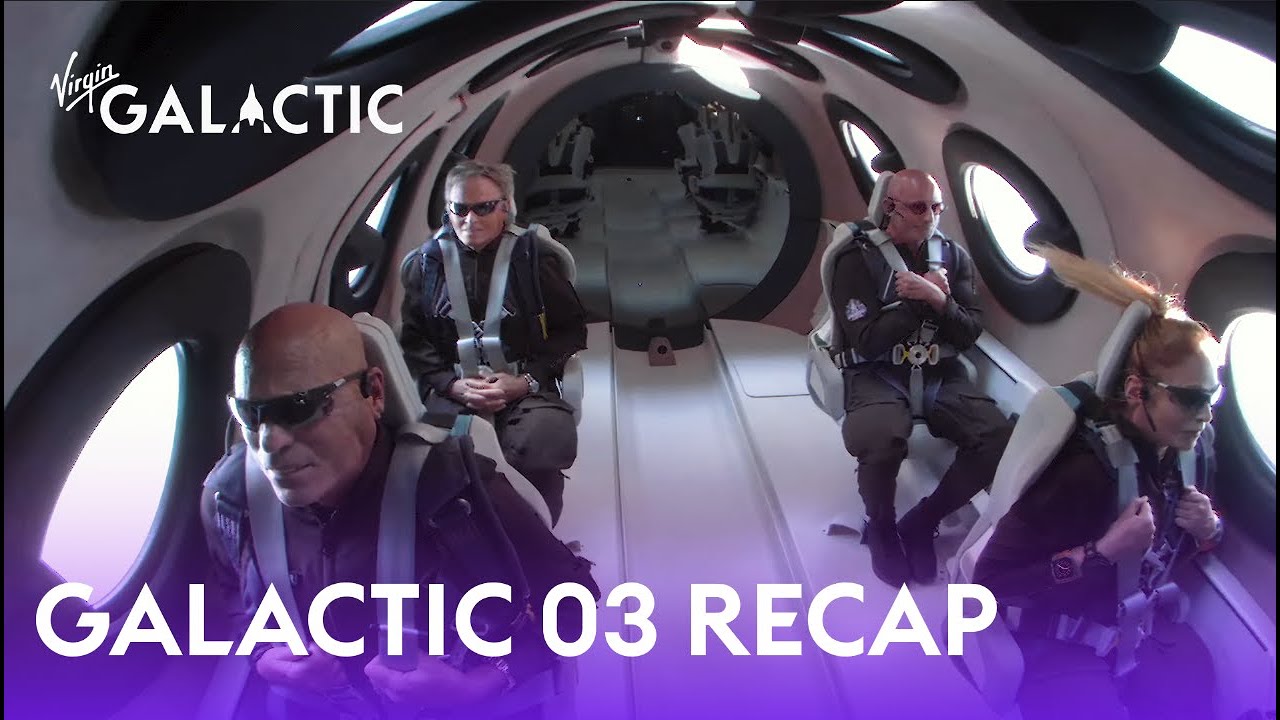Virgin Galactic’s recent (2023-09-08) Galactic 03 tourist flight was…odd.
Unlike previous flights, there was no live stream, and the identities of the passengers were not disclosed prior to the flight. Only after the flight were they named: three passengers and Virgin Galactic Chief Instructor Beth Moses making her fifth flight. After the flight, the following recap video was posted on YouTube.
This included, at the 1:13 mark, one of the asterisknauts* (Tim Nash, I believe) waving the pedo pride flag after landing.
After the flight, National Geographic reported:
In tribute to humanity’s longstanding thirst for exploration, fossilized bones from two ancient species, Australopithecus sediba and Homo naledi, hurtled into suborbit on Virgin Galactic’s spacecraft, V.S.S. Unity. They journeyed alongside three private astronauts, along with two pilots and one astronaut instructor, who were pushed to the edge of space with a rocket that briefly thrust them into microgravity and to an apogee of about 300,000 feet above Earth’s surface before returning to the launch site in Truth or Consequences, New Mexico.
It was the first time the fossil of a human ancestor has been to space. But why send fossils into space at all? Entrepreneur and philanthropist Timothy Nash, who carried the fossils in his pocket during the flight, tells National Geographic it offers a change to reflect on the enterprising spirit of our earliest ancestors.
⋮
For Nash, the thought of viewing both Earth and the blackness of space has prompted reflections on how far humanity has come. “I think it’s going to be the experience of a lifetime,” he told National Geographic before the journey. As for the danger of taking one-of-a-kind fossils to suborbit with commercial spaceflight still in its infancy, he says it’s worth the risk. “These are only a very small part of the fossil record, and they have been very well studied. Exploring involves risks. Human advancement requires risks.”
Still, just to be safe, he planned to transport the fossils in a carbon fiber tube that Berger would watch over until a ceremony shortly after takeoff.
“They are two of the best studied, best replicated things in our collections,” says [paleoanthropologist and National Geographic Explorer in Residence Lee] Berger, who cites the abundant documentation of the fossils as one reason they were selected for the spaceflight.
- asterisknaut: person who has flown in the upper atmosphere higher than the 50 miles (80 km) which the U.S. (and only the U.S.) define as the edge of space, as opposed to the rest of the world which considers the Kármán line at 100 km as the threshold of space. Theodore von Kármán chose that altitude as where the atmosphere was so thin an airplane would have to travel at orbital velocity to generate enough aerodynamic lift to support itself. Virgin Galactic flies its passengers to altitudes below the Kármán line and relies upon the U.S. definition to call them “astronauts”. Blue Origin’s New Shepard, by contrast, flies to altitudes above 100 km, except when it doesn’t. I have noticed journalists, at least in more technically-oriented venues (as opposed to National Geographic), increasingly call Virgin Galactic flights to the “edge of space” and those on board “passengers” instead of “astronauts”.
